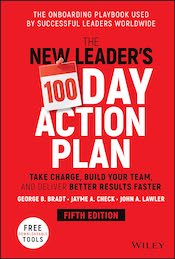
Master Your Next Move: Proven Strategies for Navigating the First 90 Days – and Beyond
by Michael Watkins
Master Your Next Move is a guide for leaders who are transitioning into new roles, be it through promotions, taking a job at a different organization, or other career shifts. Successful careers involve navigating a sequence of demanding transitions, often occurring in clusters. It is crucial to map out these transitions, identify your personal adaptability, and recognize the obstacles to organizational change so that you can better understand the challenges you are facing.









